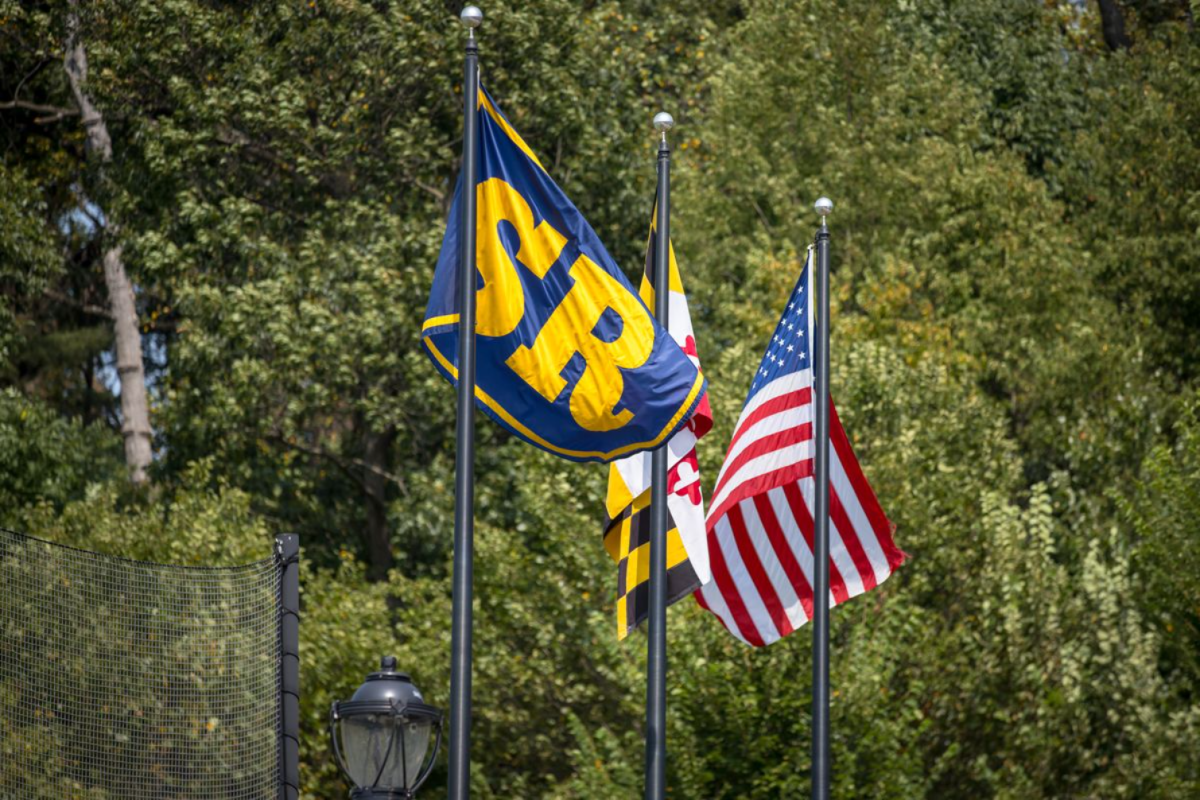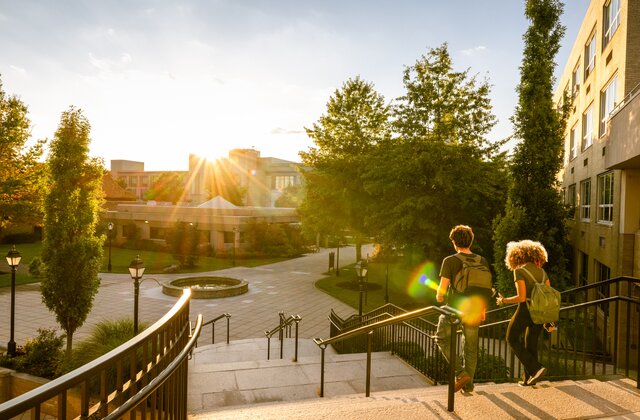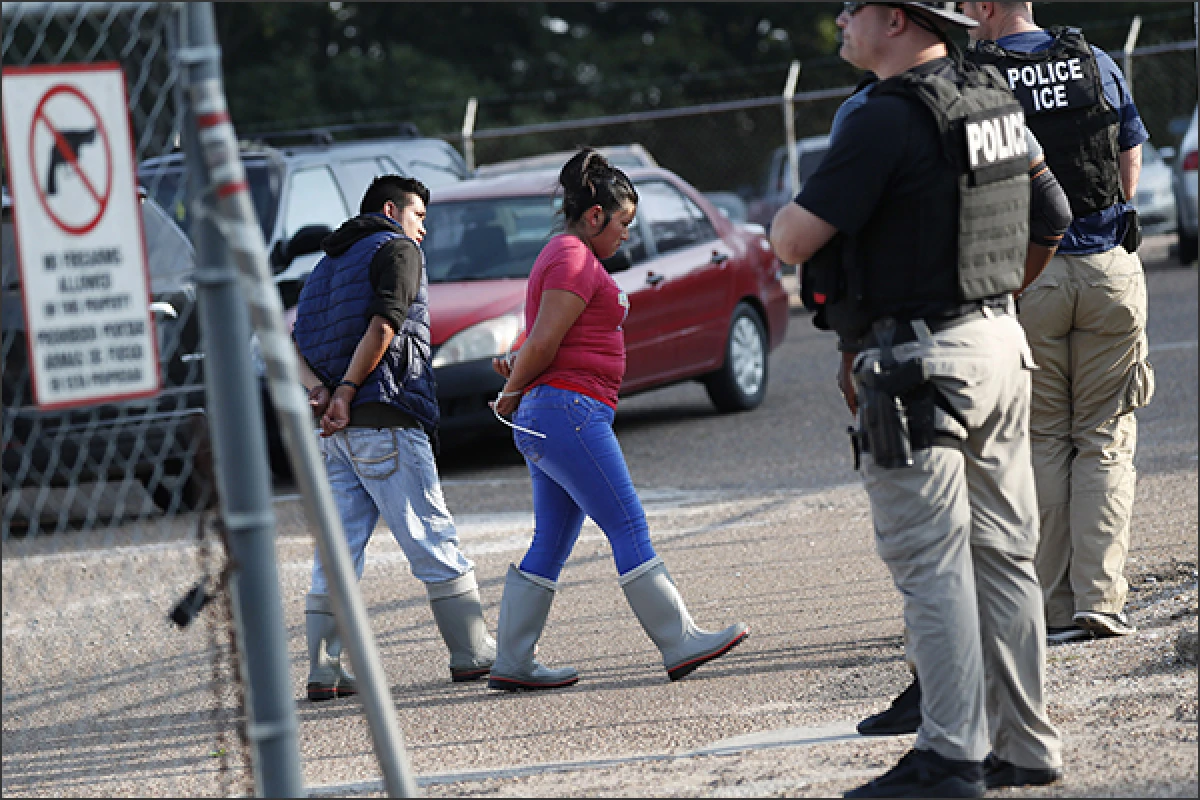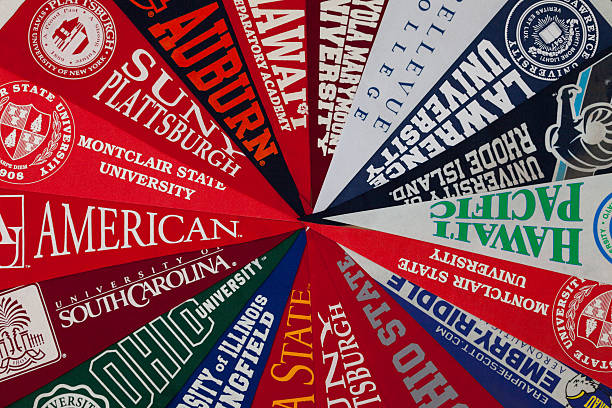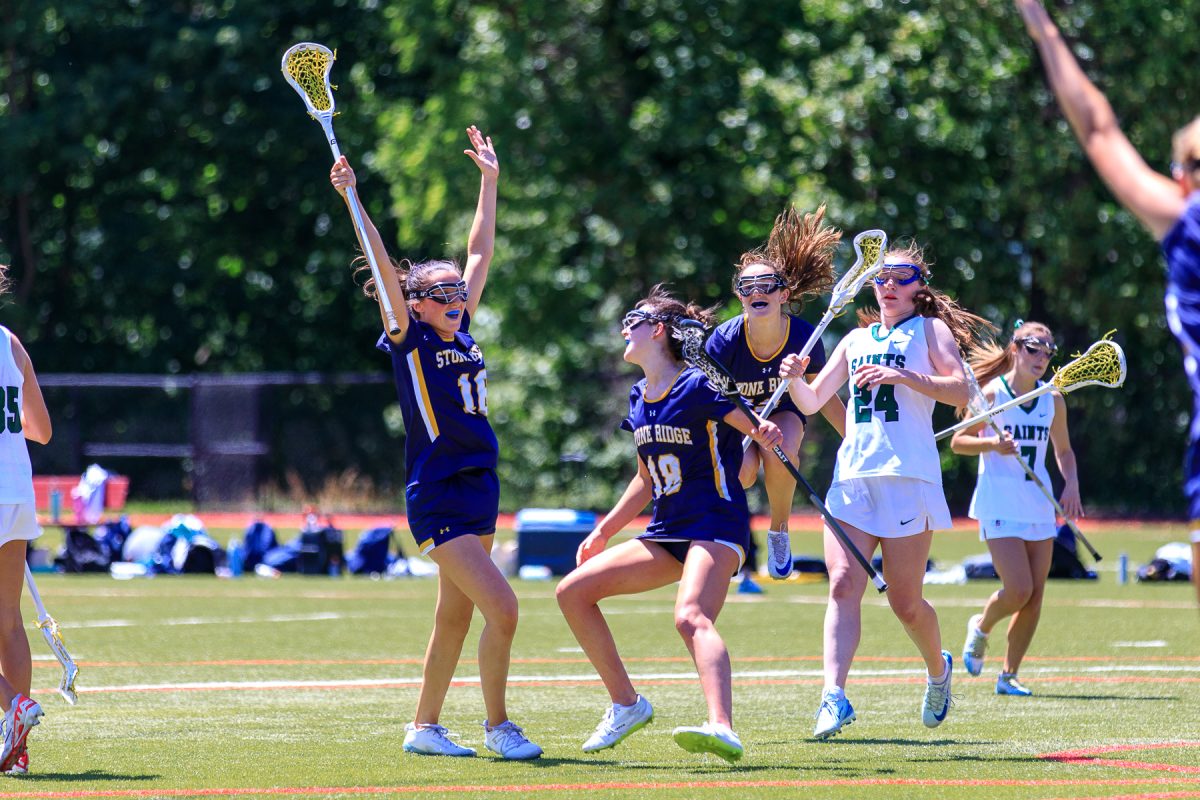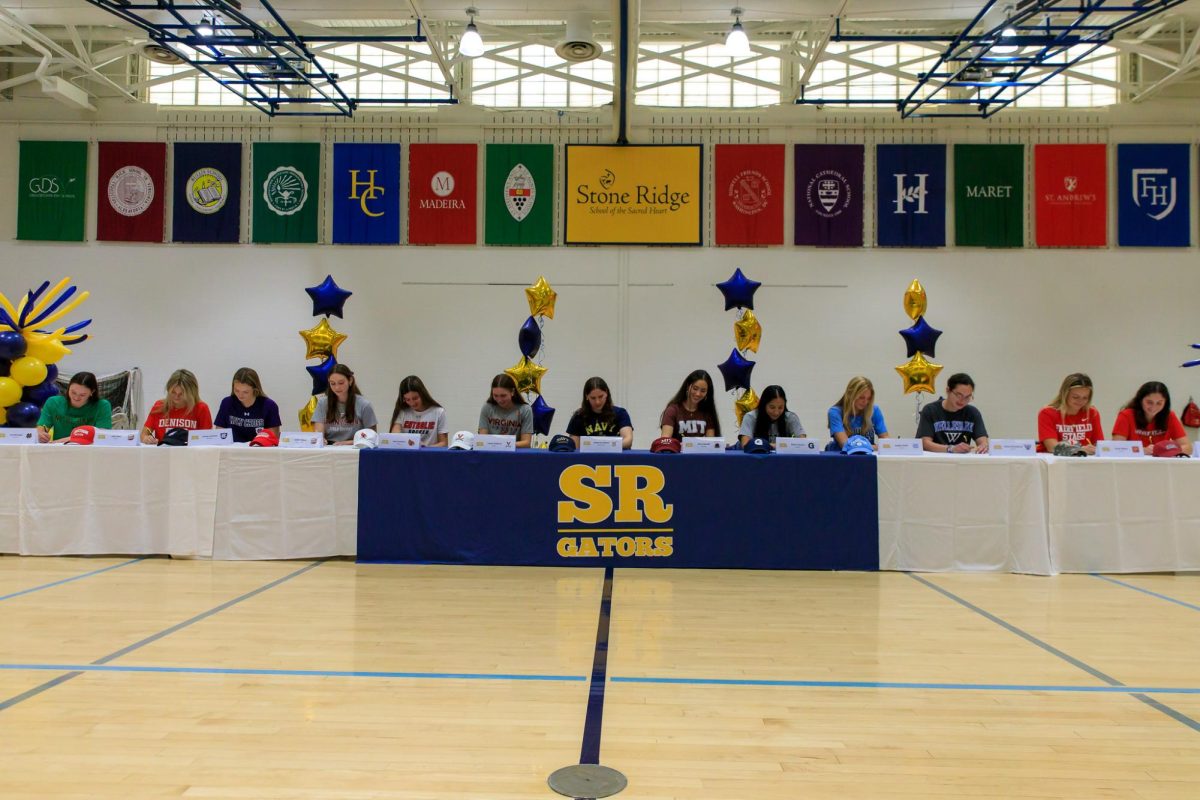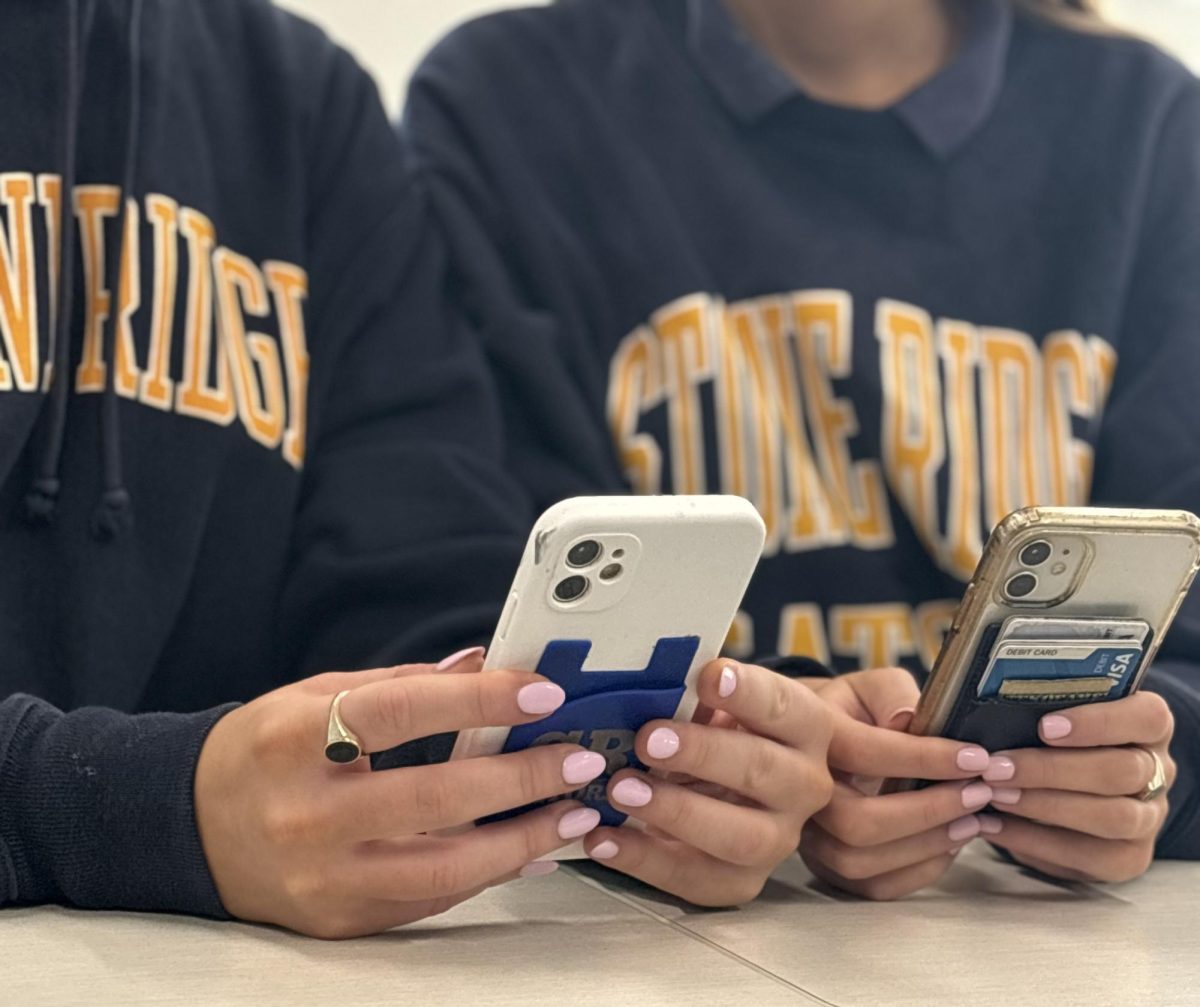No, it’s not the ’80s, it’s 2024 and we are taking a (strictly enforced) break from our phones. Many schools have followed suit on the trend. Recently, our beloved Stone Ridge has enforced a phone ban in which students are expected to have their phones powered off and away from 8:00am-3:15pm. In the past, phones were easily accessible at breaks, lunches, frees, and for the occasional in-class Kahoot. After a failed attempt at phone jails in past years, administrators sought a new approach. The solution is cut and dry: a blanket ban on mobile devices. It is hard to believe that we went from making Tik toks in the library to carrying around a paper schedule in just a few months, but here we are.
For returning high school students, the switch feels abrupt. The typical free period went from scrolling Instagram to having to do school work, (gasp!) if you can believe it. In an effort to understand students’ perspectives on adjusting to the new rule, a survey captured their opinions after over a month under the new protocol.
The survey indicated that students already understand that class time is not a time to do Snapchat streaks or online shopping. One student remarked, “I agree that phones should be banned during classes, passing time, etc. But to ban our phones during our personal frees contradicts the idea of wise freedom” Another student agrees. “I still feel like we should be able to have it during lunch and break, rather than the whole day. Not having it in classes has helped me be focused, but other [restrictions] are annoying.”
Many valid concerns have been raised about the ban. These relate to contacting parents, carpool members, and everyone knows with our killer athletic programs, students also take calls from prospective coaches.
One student had a personal experience with her parents trying to get ahold of her; “I had a major family emergency, and because of the phone ban my dad had to come to school and hunt me down for ten critical minutes, on top of the fact that the entire administration knew about my private life before I did.” This student’s experience reflects what many respondents reported feeling worried about. 
However, the majority of respondents have stayed out of trouble, with only 11.5% of respondents reporting having had their phones taken. This means our respondents have been respecting the new rule (or are skilled at hiding their undercover phone usage…). Nevertheless, the majority of respondents respect the administration’s phone ban; respondents just wish they felt their teachers respected the huge switch it is for students.
Ultimately, many students feel that they are not being given grace. This abrupt change was promised with understanding from teachers. After all, meetings are harder to schedule and take longer, reminders are not as easily accessible as they once were, and the subconscious phone reach is so easy to fall victim to. Yet even with these newfound challenges, it looks like the administration’s goal has been recognized by at least one respondent: “I totally see a difference in my attention span and the community feels a lot closer.” Might it be that some compromise in the wise freedom espoused by Goal 5 may result in the flourishing of our other goals? Does less screen time lead us to a more active faith, deeper engagement with academics, greater focus on service to others, and community building? With the administration showing no signs of reversing course, whether we take this as an opportunity to grow as a community is ultimately up to us.
